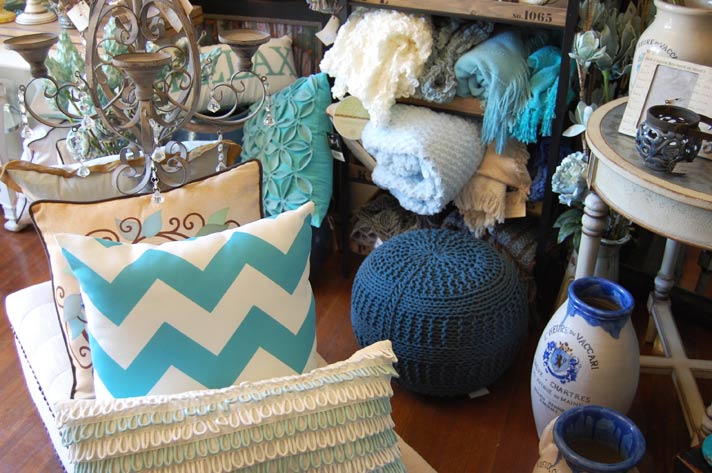Making Your House Your Home – July 2015
Last month, I wrote about various ways colors can be lightened and darkened and how they relate to each other on the color wheel, invented by Isaac Newton. This month, let’s talk about how colors affect the way we feel in various rooms.
A predominant home color should be chosen first and while it doesn’t have to “appear” in every room, it should work well with the door and window trim. It should be consistent in every room of your home, including the flooring, as well. You can then select coordinating colors and introduce or remove colors into or from your color scheme as you move from one room to another, maintaining a consistent flow and comfortable feel.
This predominate color should also coordinate with the exterior of your home. When the front door is opened into the entry, in comes the exterior color. When you look out your windows, you see roof overhangs or the angled side of an exterior wall which incorporates itself into your interior space.
Entry colors should set the tone for your home. If you choose a warm tone like brown and beige or red/yellow/orange, these colors stimulate conversation and evoke a warm, welcoming feel. If you prefer a cooler feel, use grays, blues and whites. In either case, these colors should follow into the next room and transition slowly from room to room.
Reds are a great color for kitchens and dining rooms as they stimulate appetite and also create a warm environment where people want to linger and converse. Red canisters, flowers, candles or other accessories can be an accent color against a more neutral pallet such as cream and brown if you are not ready to paint your walls red. Watching your weight? Consider keeping red out of the kitchen and going with a cooler color such as green or blue.
Green is the color of concentration and works well in a home office. It’s one of the most soothing colors and can be enjoyed for longer periods of time without making a person feel they need to be up and moving around as red would do.
Blue is the best choice for wall color in a room to get the best sleep. In my design practice, I feel it is important to make a master bedroom a place where you want to be to relax. If blue is not your best color, try cream or soft green. In conjunction, the master bath should be a continuation of the same color scheme as they are connected and visible from one room to the other.
Children’s rooms can be a warm neutral with bright color splashes added that are easily swapped-out as the child grows and interests change. Blues and greens tend to slow down the nervous system and produce a sense of calmness and tranquility. Babies seem to cry more in a yellow room because certain hues may increase anxiety. An earthy red is preferable to a bright red which can be overwhelming and too stimulating. Orange can actually make a room feel small and cramped, so use it sparingly.
Pre-teens and teenagers should be able to choose their room color. Flooring, door and window trim, doors and bathroom tile should tie-in with that predominant color we discussed earlier but the wall color, window treatments, art work, and bedding are easier and less expensive to change-out, so let them have what they want with some exceptions. Black is never going to be a good wall color for a teen. Used as an accent wall or against white or a brighter blue, green, red or pink is fine but a dominant darker color is too depressing for an entire room and can also pull energy from the room.
Color is a universal language and can be “read” by everyone…choose colors for your home that you enjoy and that coordinate with your existing furniture and accessories (unless you are replacing them all) and don’t be concerned with what others think of your selection. Your home should be a reflection of your personality and provide a comfortable environment for you and your family.

 Carmen Whitlock is an Interior Designer and owner of Eleglance Home Decor located at 110 N. 5th street in Jacksonville. Contact her at 541-702-2170 or eleglance@charter.net. Visit Eleglance online at
Carmen Whitlock is an Interior Designer and owner of Eleglance Home Decor located at 110 N. 5th street in Jacksonville. Contact her at 541-702-2170 or eleglance@charter.net. Visit Eleglance online at